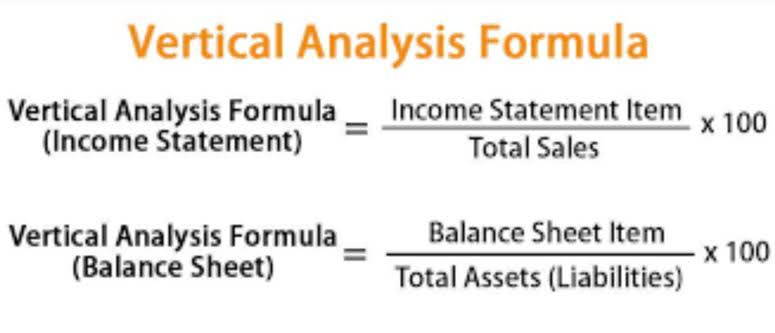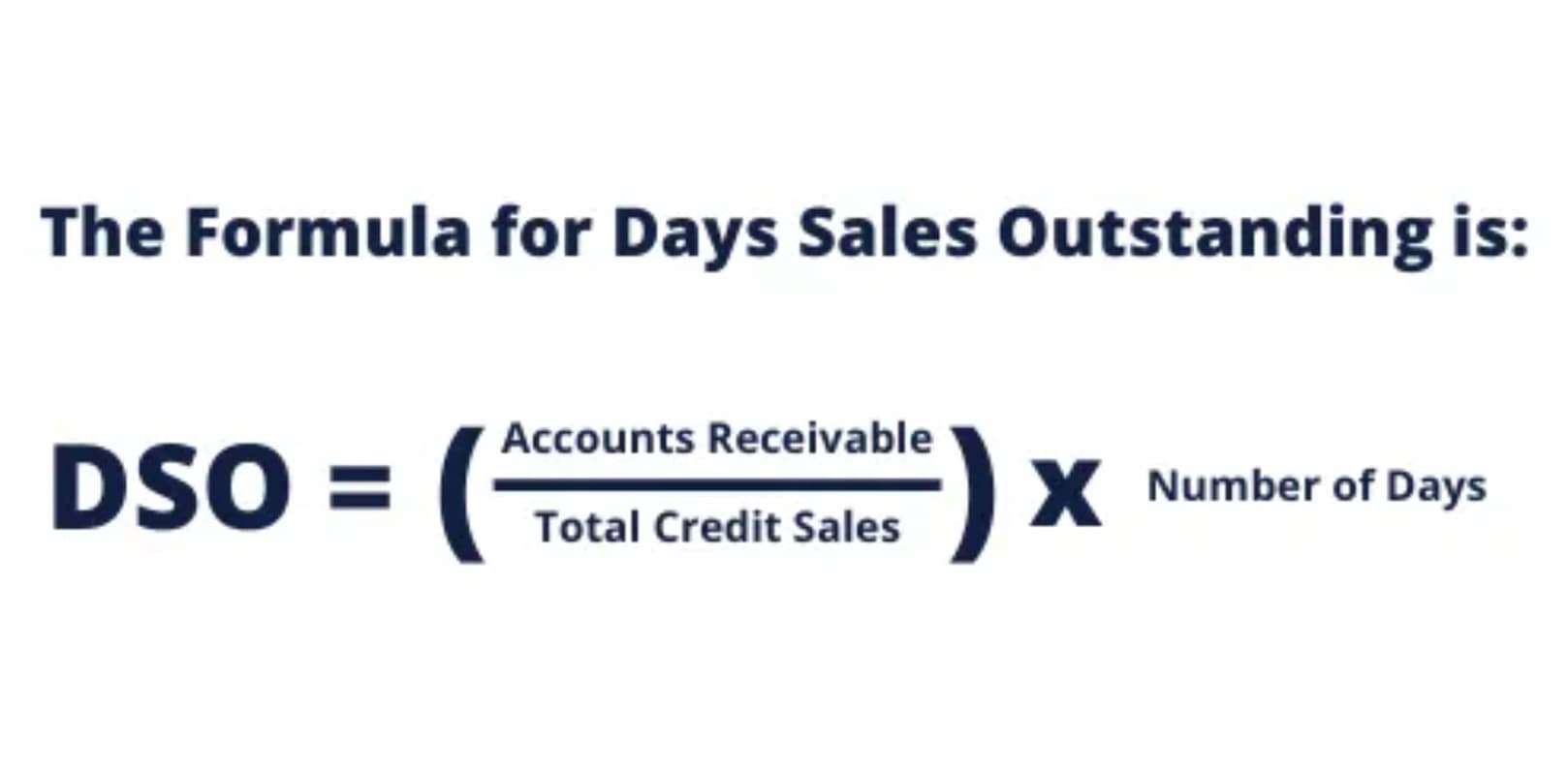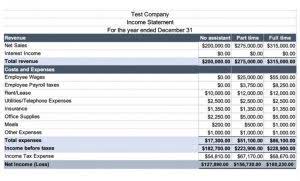
If a company issues new shares to the public, exercises a stock split or the employees of the company redeem the stock options, the number of outstanding shares tends to increase. On the other hand, if a company buys back the shares or practices share consolidation, the number of outstanding shares decreases. Diluted shares include the effect of contracts or products the company has issued, which could result in new shares being issued in the future.

Outstanding Shares vs. Issued Shares

Understanding how to calculate outstanding shares is crucial for investors, financial analysts, and anyone involved in the stock market. In this comprehensive guide, we’ll delve into the intricacies of this essential financial concept, providing you with a clear and detailed roadmap. The number of shares outstanding for a company is equal to the number of shares issued minus the number of shares held in the company’s treasury. If a company buys back its own stock, those repurchased shares are called treasury stock. When you look a little closer at the quotes for a company’s stock, there may be some obscure terms you’ve never encountered. For instance, restricted shares refer to a company’s issued stock that cannot be bought or sold without special permission by the SEC.

Issue of Preference Shares
A company’s number of shares outstanding refers to the total amount of shares it has issued. Not only does this include the shares available to be bought and sold by the public, but also included in this number https://x.com/BooksTimeInc are the restricted shares held by institutional investors and company insiders. Outstanding shares refer to the total number of shares of a company’s stock that are currently owned by shareholders. This metric is crucial for investors as it impacts the calculation of earnings per share (EPS) and the company’s market capitalization.
- The Outstanding Shares Calculator is a valuable tool for investors and financial analysts to determine the number of shares currently held by shareholders.
- How much of the business your one share buys depends on the total common stock outstanding, a figure you can easily determine using the company’s balance sheet.
- Companies may do this to increase their share price, such as if they need to satisfy exchange listing requirements or want to deter short sellers.
- These are called “treasury shares” and are not included in the balance.
- The shares issued by the company, excluding the ones kept in the company treasury, are called Outstanding Shares.
- The calculation for common stock outstanding can seem a little daunting at first simply because so much accounting jargon is used to define and calculate it.
Why You Can Trust Finance Strategists
- If there is a difference between the number of shares issued and outstanding, the difference is treasury stock.
- Different ratios may use the basic number of outstanding shares, while others may use the diluted version.
- If there are 100 shares outstanding and you buy one, you own 1% of the company’s equity.
- Outstanding shares refer to the total number of shares of a company’s stock that are currently owned by shareholders.
- It’s important to note that outstanding shares do not include treasury stock, which are shares that were once owned by investors that a corporation has repurchased.
- Since I only hold my positions for a few minutes or hours, I don’t care about a company’s earnings or any of its financials.
- Investors who hold common stock exercise control by being able to vote on corporate policy and electing the company’s board of directors.
The Outstanding Shares Calculator simplifies the process of determining the number of shares currently available in the market by accounting for issued shares and treasury shares. The term outstanding shares refers to a company’s stock currently held by all its shareholders. Outstanding shares include share blocks held by institutional investors and restricted shares owned by the company’s officers and insiders. These shares appear on a company’s balance sheet under Capital Stock. A company’s number of outstanding shares is not static and may fluctuate wildly over time. Outstanding shares are used to calculate key metrics for companies.
- A stock split occurs when a company increases its shares outstanding without changing its market cap or value.
- A stock split occurs when a company increases the number of its outstanding shares without changing its overall market cap or value.
- Investors use this information to gauge the company’s financial health and potential for growth.
- Let us consider the following example and incorporate various scenarios that can affect the weighted average number of shares outstanding.
- How to calculate outstanding shares Of these terms, the two that you need in order to determine the number of outstanding shares are issued shares, and treasury shares.
- If you’re a market beginner, learning the ins and outs of stocks will help you get started trading, and making money.
Increasing treasury shares will always result in decreases and vice-versa. The number of shares outstanding can (and usually does) fluctuate over time. The number of shares outstanding increases if a company sells more shares to the public, splits its stock, or employees redeem stock options. The number of shares outstanding decreases if how to calculate number of shares outstanding the company buys back shares or a reverse stock split is completed. Outstanding shares are the aggregate number of shares that a corporation has issued to investors.
Balance Sheet
In this case, group 1 consists of 200,000 shares deemed to have been outstanding from 1 January to 31 December. Further, the number of shares used in computing the average is to be weighted by the fraction https://www.bookstime.com/ of the year that the shares were actually outstanding. That’s why I teach students in my Trading Challenge how to become self-sufficient traders. Stocks that go from $5 to $50 in a few hours aren’t unheard of lately.
Outstanding stocks are the shares that are actually already out on the market. Let’s say FoodZilla Ltd got approval from its board to issue 15,000 shares in the secondary market. The number of outstanding shares is also connected to the stability of the company. A company having larger number of shares outstanding will be much more stable than a company which has lower number of share outstanding.

Weighted Average of Outstanding Shares FAQs
Next, you’ll want to look for the common stock line item on the company’s balance sheet. Common stock is the main class of stock that the company issues to investors. Investors who hold common stock exercise control by being able to vote on corporate policy and electing the company’s board of directors. It’s important to note that outstanding shares do not include treasury stock, which are shares that were once owned by investors that a corporation has repurchased. They also do not include preferred shares, which are stocks that do not carry shareholder voting rights, but do give their owners some ownership rights and pay a fixed dividend. For a blue chip stock, the increased number of shares outstanding due to share splits over a period of decades accounts for the steady increase in its market capitalization and concomitant growth in investor portfolios.
- Company insiders could sell their shares as they become unrestricted.
- Treasury shares are shares a company holds that it bought through a stock buyback.
- In other words, the balance sheet is a snapshot of what a company owns, what it owes, and the total amount that has been invested by shareholders.
- And when shares are bought back, investors end up owning more of the company.
- Understanding how to calculate outstanding shares is crucial for investors, financial analysts, and anyone involved in the stock market.
- This figure is important because it translates a company’s overall performance into per-share metrics, making an analysis much easier regarding a stock’s market price at a given time.
- Here, the balance sheet reports 8,019 million shares issued and 3,901 million treasury shares, as of September 30, 2022.
Stock Splits
Below lists two commons sources starting with the preferred source if available. This “issued” stock can be less than the total authorized, but it can never be more. ” analyzed the complete transaction history of the Taiwan Stock Exchange between 1992 and 2006. Additionally, it tied the behavior of gamblers and drivers who get more speeding tickets to overtrading, and cited studies showing that legalized gambling has an inverse effect on trading volume. Penny stock companies probably have more shares outstanding than any other company. Sometimes these companies can have billions of shares outstanding because they dilute shares to raise capital through financings.
